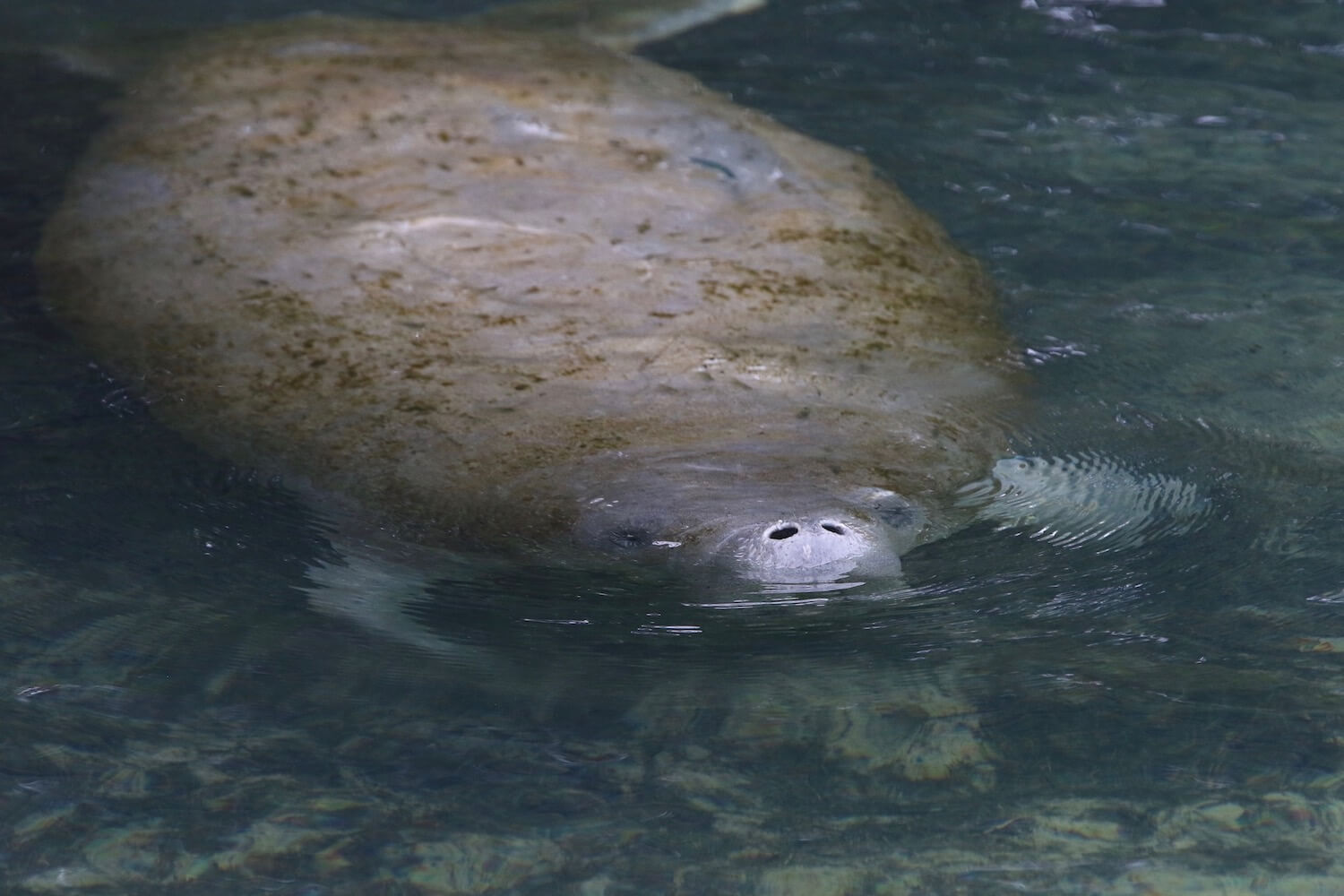Until recently, threats to the North American Coastal Plain's biodiversity were overlooked because people didn’t realize the abundance of flora and fauna held here. Today, primary threats to the hotspot include:
Fire Suppression
The suppression of natural fires throughout the region has caused the scrub to overgrow in the savannas, pine barrens and woodlands. When the scrub becomes too dense, habitat quality is reduced, leaving fewer animals with suitable environments and fewer plants an opportunity to grow. The Endangered longleaf pine tree (Pinus palustris), red-cockaded woodpecker (Leuconotopicus borealis), rough-leaved loosestrife (Lysimachia asperulifolia), Vulnerable Florida scrub jay (Aphelocoma coerulescens), gopher frog (Lithobates capito), pine barrens tree frog (Dryophytes andersonii), and Endangered Louisiana pine snake (Pituophis ruthveni) have all sustained habitat loss due to fire suppression.
Deforestation
Deforestation for agricultural purposes and for infrastructure development is another serious threat. Besides the destruction of habitat for the Endangered black-spotted newt (Notophthalmus meridionalis), Endangered Houston toad (Anaxyrus houstonensis), gopher frog (Lithobates capito) and Florida bonneted bat (Eumops floridanus), pesticides and industrially generated water pollution contribute to the species’ decline.
Deforestation has also taken a toll on the Endangered longleaf pine tree (Pinus palustris), which was placed on the Endangered species list because overzealous harvesting has exacerbated previous habitat loss from wildfire prevention.
Climate Change
Global climate change contributes to habitat loss in the hotspot. The Florida mangroves that make up the habitat of the Key deer (Odocoileus virginianus clavium) are especially vulnerable to the effects of global climate change due to rising sea levels and changes in salinity.
Pesticides
When habitats are converted to agricultural land, herbicides and insecticides are used to maximize crop production, but these pesticides can harm the species in the regions in which they are used. The Endangered black-spotted newt (Notophthalmus meridionalis) and Endangered striped goodeid (Ataeniobius toweri) are both threatened by pesticides and other pollution. Despite the need for conservation, these animals have not been the focus of conservation efforts in the past due to its low economic importance.





